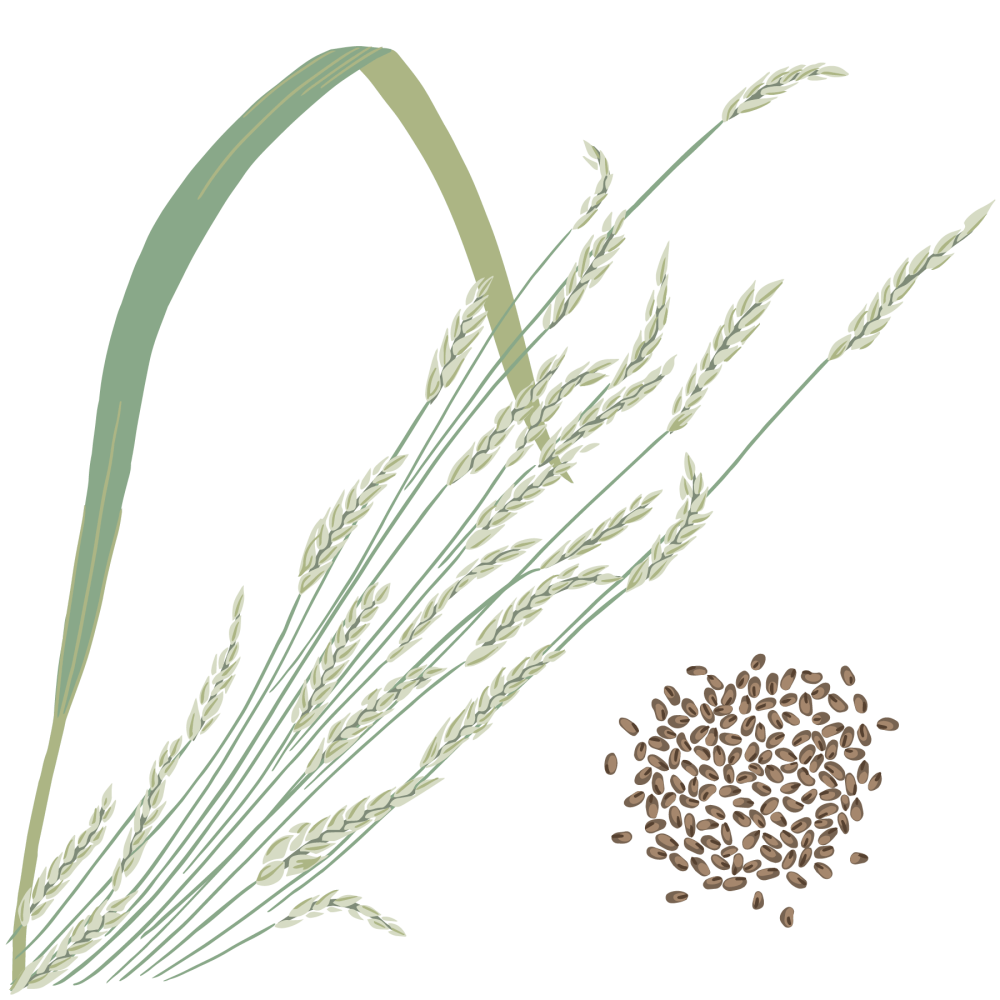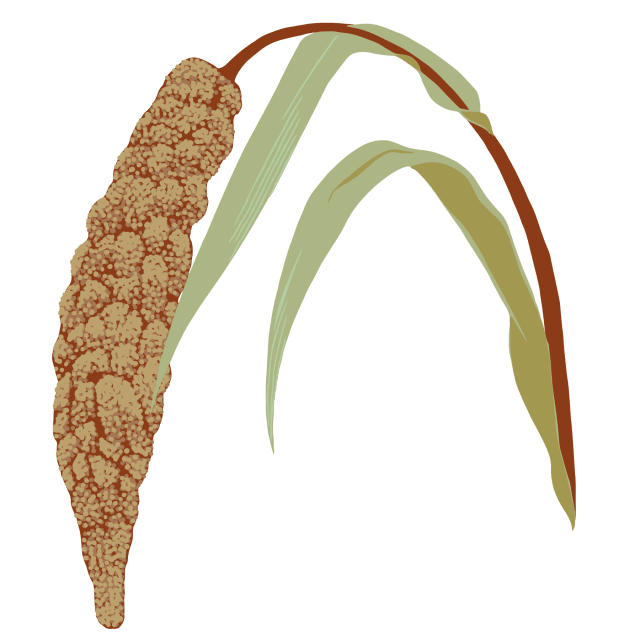Teff

Latin name: Eragrostis tef
Other names: Williams lovegrass, annual bunch grass
Uses: Grain/cereal, flour, alcohol
What is teff?
Teff has the adorable honor of being the world’s tiniest cereal. Like other cereals, teff is a member of the grass family (it’s a species of lovegrass, which is also pretty dang cute). Though “ancient grains” is just marketing lingo, teff truly is ancient — it was domesticated around 6,000 years ago in the very region where it’s still mainly grown and consumed: Ethiopia and Eritrea.
Why is teff healthy?
Whole grains play a vital role in our health, and teff provides an excellent way to broaden the range of high-quality grains in your diet. Teff has no gluten and is rich in fiber, protein, magnesium, and B vitamins. It is known to improve heart health and circulation, enhance immune function and bone health, decrease diabetes symptoms, and more.
What does teff taste like?
Teff has a mildly nutty, earthy flavor that takes on a lovely sourness when fermented for injera. It ranges in color from white or ivory to dark brown; the lighter the color, the lighter the flavor.
How do I use teff?
You can use teff much as you would any other grain — it cooks much like millet or quinoa. Use teff flour in gluten-free baking or to add flavor and nutrition to regular baking. The primary traditional use for teff is for making the spongy flatbread injera; the thin batter is left to ferment for a few days until nice and bubbly, then it’s cooked on a flat griddle. It takes a lot of practice to make all-teff injera, but if you want to challenge yourself it’s totally worth it. (You can also just buy injera from your local Ethiopian restaurant and stick to making the lentil wots and stewed greens to eat with it.)
What does teff pair well with?
The nuttiness of darker whole grain teff works beautifully with cocoa, bananas, and hazelnuts for porridges and puddings, or as a flour, cooked and mashed with beans to make fritters.
Where does teff grow?
Teff hails from the dry, hot climes of the Horn of Africa, and is still primarily grown during the rainy season (June-November) in Ethiopia and Eritrea. It’s also being grown in the western United States, particularly in Idaho, and crop science researchers in Washington State are studying the potential of 15 new cultivars for planting in western Nevada.
How to buy teff:
The grain should smell nutty and fresh, not stale.
Fun teff fact:
Teff is so tiny that three thousand grains weigh only a gram, and one mere pound of them is enough to grow an acre of the crop. The name “teff” is thought to be etymologically linked to the Amharic word “teffa”, which means “lost” — possibly a reference to how easily the tiny seeds go astray.




